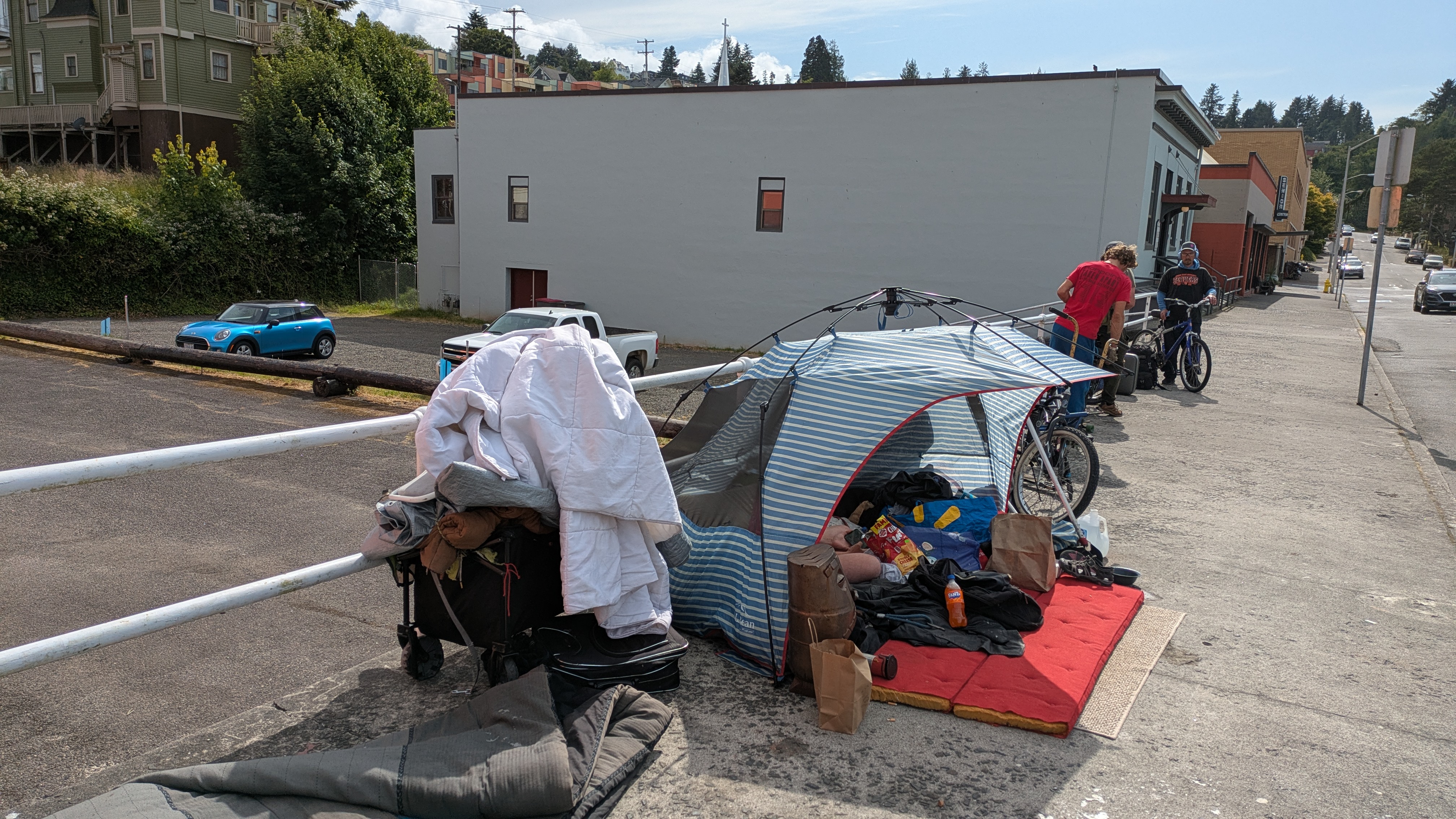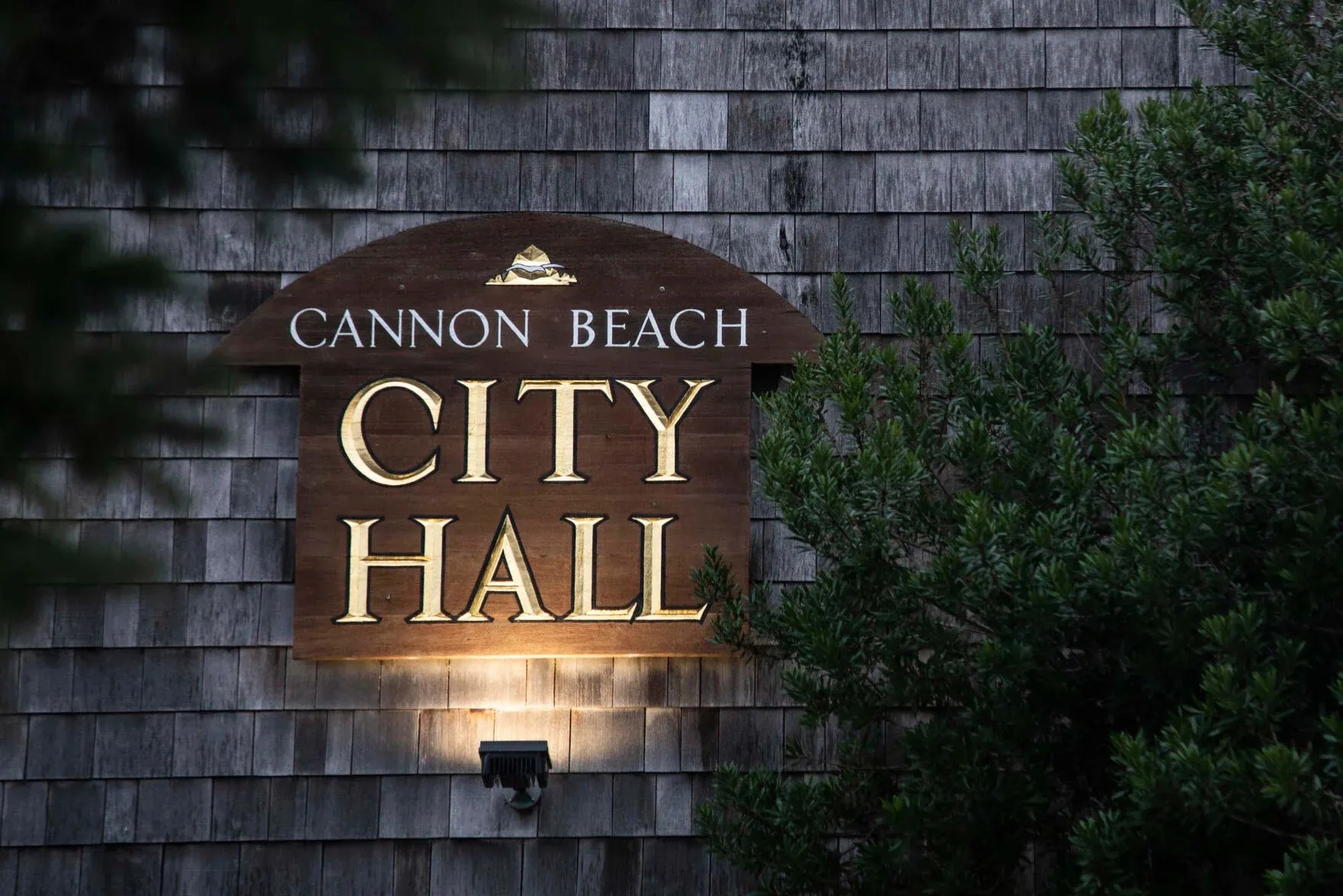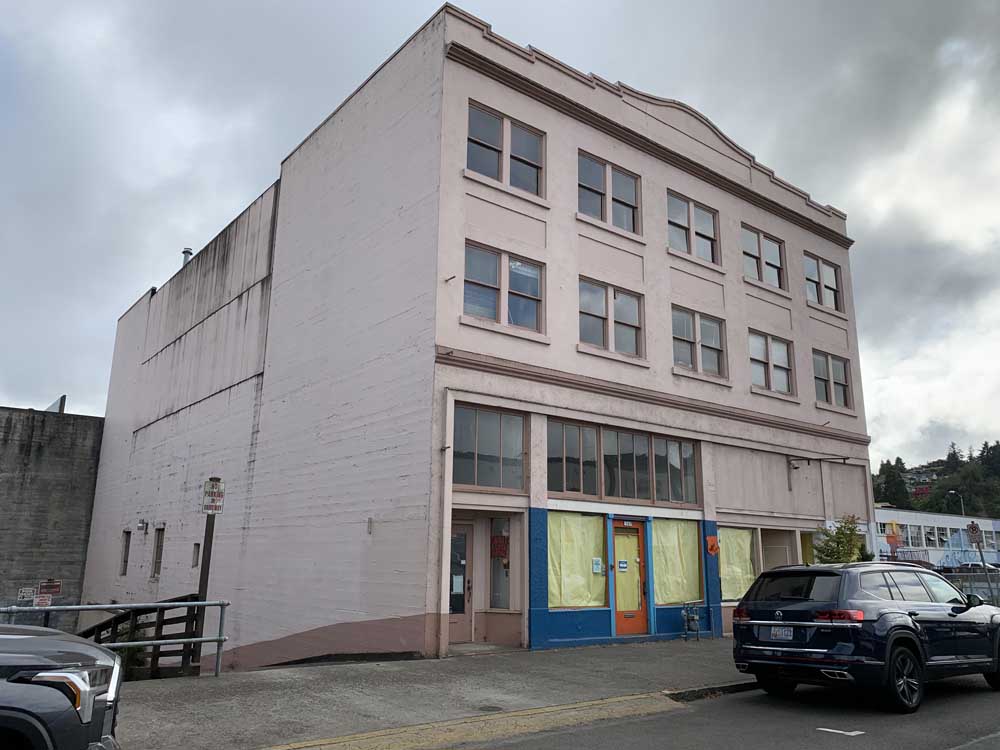Opinion: City Council rushed Nicholson project to fit own agenda
Published 7:46 am Thursday, October 22, 2015
In the Gazette’s article “Cannon Beach property owner prevails in state land use board decision,” (Oct. 9), Will Rasmussen, attorney for the property owner Jeff Nicholson stated, “The decision was, frankly, a win for Cannon Beach.” We, the 66 members of Friends of Cannon Beach, a nonprofit corporation founded and funded to oppose and expose this decision, strongly disagree.
Nicholson bought his 1/2 acre parcel in 2014. It has steep slopes and had, therefore, been restricted to only the existing 100 year old “historic cottage.” Immediately, he asked to build “a couple of cottages.” The city denied him three times because it would violate our steep slope laws. Unfortunately, his lawyers found a loophole in our code. So Nicholson appealed and threatened a lawsuit.
Instead of standing firm, the city endeavored to circumvent our laws and agreed to allow Nicholson to re-apply to build FOUR FULL-SIZED homes on his steeply sloped parcel by simply calling it something different. That’s how the Planned Unit Development option came about. The city created this option and gave it to Nicholson in exchange for putting his lawsuit on hold. It’s that simple.
The relabel had to first get past the Planning Commission, which was not privy to the PUD–for-lawsuit exchange. The Planning Commission decisively voted 6-1 to deny Nicholson a fourth time.
The City Council, however, rushed the project to its own agenda. Two days before the Planning Commission had even voted to deny, council had already called a “special meeting” solely to accommodate Nicholson and vote on the PUD scheme. The city sent out two flawed and confusing public notices.
On Feb. 10, council held its rushed hearing. Opposition was light. People felt the Planning Commission had again done its job by its denial and remained confused about the process. Council closed the record and tentatively approved the project.
At the March 3 council meeting, 36 angry citizens appeared ready to be heard. Mayor Steidel had already approved my speaking during the public comment section on behalf of our large group. However, city land use attorney Bill Kabeiseman advised the mayor NOT to allow us to speak saying the record was closed (although they had the option to reopen). The mayor silenced the opposition, and the council voted 4-1 to approve. Only Councilor Benefield voted to deny.
Friends of Cannon Beach then formed. We grew to 66 members quickly, with members citywide and in four states. We raised over $13,000 in donations ranging $25-$1,000. This was a grassroots effort by citizens who feel their local government let them down. This isn’t a local squabble or “not in my backyard” grousing. This diverse group is dismayed by the pro-development climate and timidity displayed by four of our councilors who bowed to a threat and assisted a single developer in circumventing our code. That’s not the Cannon Beach way; at least it didn’t used to be. Variances, rule bending or stretching, and favorable interpretations should benefit the good of the whole … not a single developer.
The Cannon Beach Historical Society supported Nicholson’s original plan because he promised to save the 100 year old “historic cottage”, thereby “preserving a piece of Cannon Beach’s history.” Some members even signed boiler-plate letters of support. When they read in The Gazette that the project would “allow him to tear down and rebuild a decrepit 100-year-old home,” they quietly backed off their support.
Our code requires PUDs to be at least 3 acres, unless the Planning Commission finds the property “unique.” Rasmussen claimed the 1/2-acre parcel’s steep slopes (the thing that prevented building under zoning code) was the very feature that made it unique. Our code also says this PUD should have 41 percent shared outdoor living space. Rasmussen argued that the 125-feet-long, 12-feet-tall, interlocking concrete driveway counted towards this percentage. When challenged, he stated the code says “should.” not “shall,” so he didn’t have to provide the space anyway.
The April 14 City Council agenda shows staff was directed to draft an amendment to “close the loophole” Nicholson used. A city official said, “the issue is relatively straight-forward: how do we make it unambiguously clear that the slope-density restrictions in [our code] apply to situations like Nicholson’s?” The amendment is on hold because Nicholson’s lawsuit hasn’t been dropped. His threat is still out there. The city says he’s unlikely to drop his appeal against them until his PUD is complete. After the amendment, other small property owners with steep slopes couldn’t use this loophole again.
During one hearing, Nicholson claimed Sierra Club membership, and said, “that says something that I like trees.” In May 2015, nineteen of his spruce trees were hacked (limbed and topped) for view enhancement. The results are proudly posted on “Lucie’s Cottages” Facebook page. Trees north of Ecola Creek and west of Laurel are protected by code. Alert citizens notified the City and Nicholson initially faced a $9,500 fine. In another letter from his lawyer, Nicholson took responsibility for only four trees and placed most of the blame on the previous property owner, David Ingalls. The City Manager cut the fine in half.
During deliberations, Councilor Cadwallader stated, “Change is always difficult, and people have gotten used to the property being empty.” This is just not the case. The concern of Friends of Cannon Beach is primarily the disconnect that exists between the values of the citizens as reflected in the code and comprehensive plan versus the apparent pro-development climate in city government. No one wins in this scenario, except of course, Nicholson and his lawyer. The 66 members of Friends of Cannon Beach certainly don’t consider this decision “a win for Cannon Beach.” Rather, we view it as dangerous precedent.
Thank you, planning commissioners, for correctly denying this project three times. Thank you, Councilor Benefield, for your courage to vote “no” and your common sense to see this project for what it is: a bypass of regular zoning provisions, solely to maximize density on a parcel of land that has unbuildable or unusable areas (see city code 17.40.010.C).
In Cannon Beach, steep slopes and slippery slopes are very closely related.
Jeff Harrison
President, Friends of Cannon Beach





